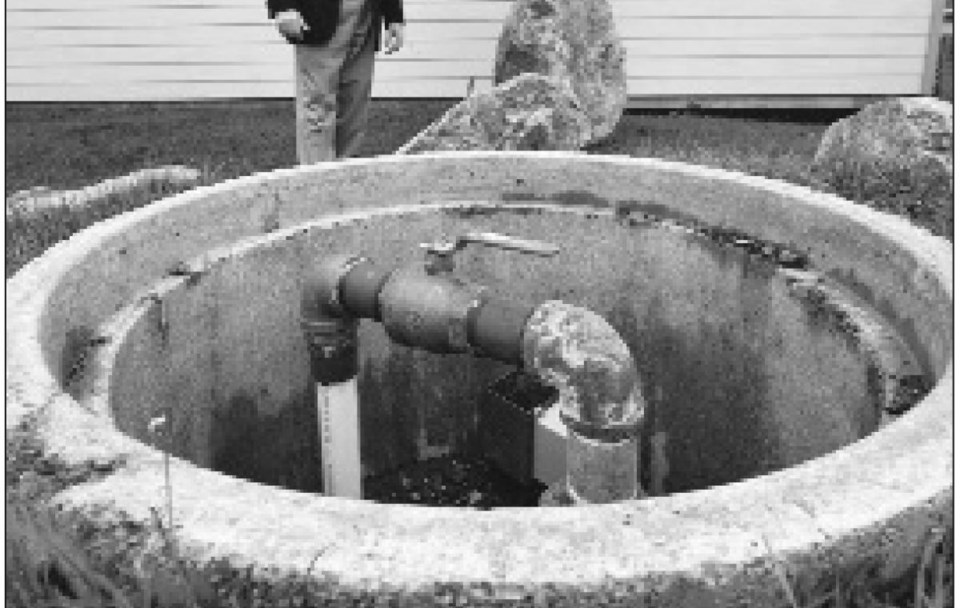With heating accounting for about 60 per cent of energy use in a home, it's no wonder homeowners want to be up to date on the most economical options.
While there are a number ways to heat a house, choosing the right system often comes down to budget and the house itself.
Houses built prior to about 1950 often had hot water (hydronic) heating systems, with boilers supplying hot water to cast-iron radiators. Houses built after 1950 commonly used forced-air systems that distributed heat throughout a house via a system of ducts.
For either of these scenarios, a gas furnace is the most economical choice.
"Go for a high-efficiency furnace," recommends Rob Barry, an applied science technologist and president of Island Energy.
"The capital cost for a gas furnace is low and the cost of the fuel is expected to be stable for the next 10 years."
Gas furnaces typically have a lifespan of about 20 years. He suggests homeowners start considering replacing a gas furnace after 15 years, as maintenance costs start to increase. A new furnace costs about $4,500.
Homeowners with existing gas furnaces looking to lower their energy bills might consider adding an air-source heat pump to their systems.
"Heat pumps are the most efficient way to heat a home," says Marshall Mason, a technician with Accutemp Refrigeration, Air Conditioning and Heating, who has been installing heat pumps around Victoria for the past six years.
"While you get a dollar of heat out of every dollar of energy in a baseboard heater, you get four dollars of heat out of that same dollar in a heat pump."
Heat pumps operate by extracting heat from the outside air. They are less efficient when the temperature drops below freezing, when a back-up system using conventional fuel may be needed. In summer, they reverse operation, supplying air conditioning in the heat of the day.
A heat pump's only energy use is power to run coolant fluid through the system and a blower fan.
In many retrofits, a heat pump is added to an existing forced-air furnace. But Barry cautions that electric-fan motors on older furnaces might have a harder time with a new heat pump. He says heat pumps drive existing fans hard, causing accelerated wear and increased noise. New electric fans, with continuously variable speeds, are better matched to heat-pump operation, as well as quieter and more energy-efficient.
Heat pumps also need a backup energy source for those days when they struggle to extract enough heat from the air. The back-up fuel can be natural gas, electricity, propane or even oil.
An air-source heat pump can cost between $5,000 and $10,000. Homeowners can apply for a number of financial incentives.
Geothermal, a ground-source heating system, is 50 per cent more efficient than its air-based cousin. A geothermal heat pump extracts heat from underground, or sometimes from water. This requires either a bore driven into the ground, or laying out a field of pipes around a house.
This extra complexity means the cost of geothermal systems starts at $20,000. Installation costs can rise depending on the soil encountered around the property - for example, if diggers encounter rock. The geothermal field can also be arrayed underwater if the house is near shoreline.
Geothermal is a viable option if the annual heating bill of a large house is between $3,000 and $5,000 for oil, said Barry.
"That bill will be replaced by an annual electric tab of around $1,500. The system will pay for itself in 10 to 12 years."
People considering either system would be wise to check their electrical panels. Typically, installing a heat pump would trigger an upgrade to a 200-amp service. An upgrade in electrical service can cost about $3,500.
But not everybody is on gas, nor comfortable with a heat pump. For them, a wood-burning stove may be the answer.
"We sell a number of wood stoves, primarily to outlying rural areas," said Eric White, an estimator at Ark Solar. "For them, it can be a primary or an emergency source of heat."
While a cord of wood can cost between $180 and $200, he says people in rural areas have more access to cheaper - and even free - lumber from a variety of sources. They typically also have the room to store and dry the firewood.
A good wood stove costs around $4,000.
Forget about turning to the sun as an alternative to heat a house. The solar systems available are typically used to heat domestic hot water only.
"Unfortunately, there's not a lot of solar potential between October and March around here," White said.



